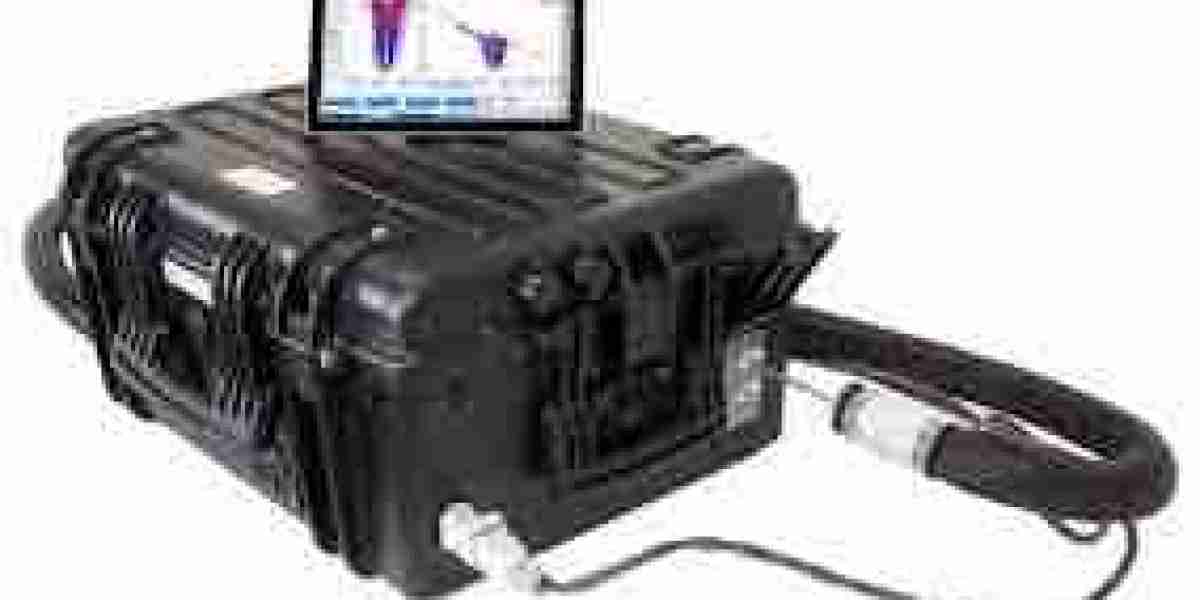The rainscreen cladding market is witnessing rising adoption due to the development of cost-effective cladding solutions that balance performance, aesthetics, and sustainability. Manufacturers and construction firms are focusing on innovative designs and materials that reduce costs while maintaining superior quality, appealing to both large-scale commercial projects and budget-conscious residential developments.
Affordable Material Innovations
Advancements in materials like high-pressure laminates (HPL), fiber cement, and aluminum composite panels have significantly lowered production and installation costs. These options:
Provide high durability with minimal maintenance.
Offer a wide range of colors, finishes, and textures.
Are lightweight, reducing transportation and labor expenses.
Prefabricated Cladding Systems
Prefabrication is emerging as a cost-effective approach, cutting down on-site labor and time. Pre-engineered panels are designed for quick installation, minimizing construction delays and reducing overall project costs. This trend is particularly strong in urban projects where speed and efficiency are crucial.
Cost Savings Through Energy Efficiency
Rainscreen cladding systems provide an additional layer of insulation, resulting in reduced heating and cooling costs over time. Developers are increasingly marketing these energy savings as a key selling point for residential and commercial projects, leading to higher adoption rates.
Market Drivers
Growing Urban Development: Affordable housing and infrastructure initiatives are increasing the demand for cost-effective exterior cladding solutions.
Technological Advancements: The use of AI in design optimization and CNC cutting reduces waste and maximizes material utilization.
Government Incentives: Green building regulations and energy rebates are encouraging the use of efficient and cost-conscious building materials.
Regional Adoption Trends
Asia-Pacific: Cost-effective solutions are widely adopted in emerging economies where price-sensitive construction dominates.
Europe: Innovative modular systems and energy efficiency incentives drive affordable cladding adoption.
North America: Residential retrofitting projects favor cost-friendly rainscreen solutions without compromising durability.
Challenges in Cost Reduction
While lowering costs is essential, some developers are concerned about the potential compromise on quality or fire resistance. Manufacturers are investing in rigorous testing and certifications to ensure safety and compliance with global standards.
Future Outlook
The growing demand for cost-effective rainscreen cladding solutions will likely expand further as manufacturers enhance production technologies and supply chains. With a strong focus on balancing affordability with performance, the market is poised to attract new segments, including mid-sized residential projects and smaller commercial builds.



